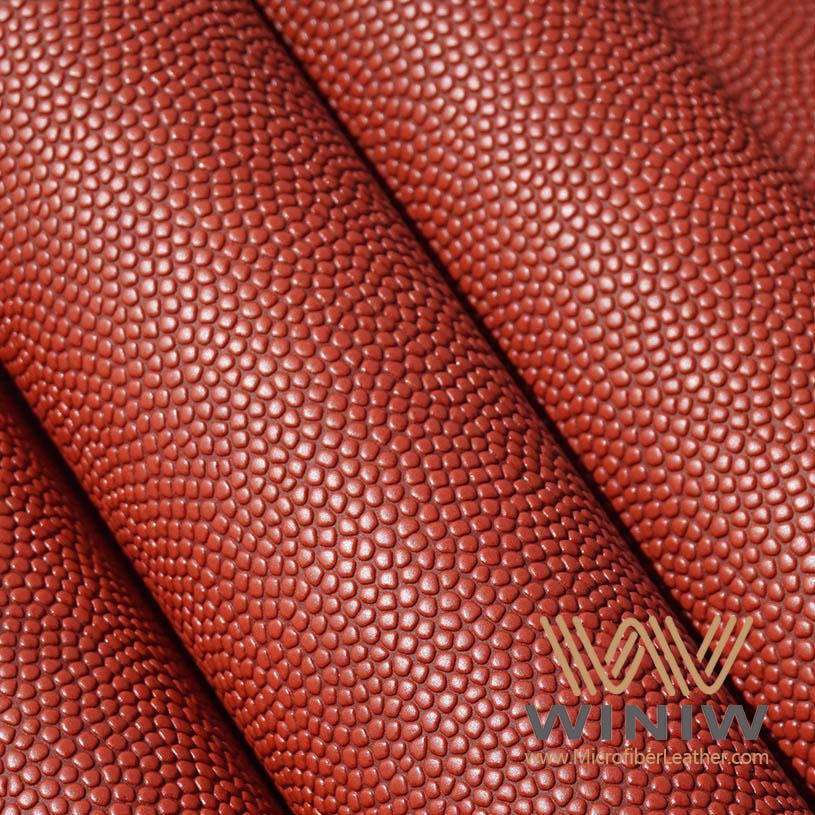
PU leather refers to a type of synthetic leather that manufacturers create by coating fabric with polyurethane. This material appears in products such as shoes, bags, furniture, and car interiors. Many people choose PU leather because of its cost-effectiveness, easy maintenance, and variety of styles. The market reflects strong demand:
PU leather products hold over 57% of the global synthetic leather share in 2024.
Consumers prefer PU leather for its durability, flexibility, and realistic look.
Leather Pu Material offers more color options than genuine leather.
PU leather is a synthetic alternative to genuine leather, made by coating fabric with polyurethane.
It offers affordability, with prices significantly lower than genuine leather products.
PU leather is easy to maintain; regular cleaning with a damp cloth is usually sufficient.
This material is available in a wide range of colors and styles, making it versatile for various products.
PU leather is vegan and animal-free, appealing to consumers who prioritize ethical choices.
While PU leather lasts 3 to 7 years, genuine leather can last decades with proper care.
Environmental concerns exist due to PU leather's non-biodegradable nature and reliance on petrochemicals.
To extend the life of PU leather, store it in a cool, dry place and avoid direct sunlight.
PU leather stands for polyurethane leather. Manufacturers create this material by coating a fabric base with a layer of polyurethane resin. This process results in a product that closely resembles genuine leather in appearance and texture. Industry and scientific literature often compare pu leather to natural leather, especially regarding properties, applications, and durability. While pu leather offers a similar look to animal leather, it remains a synthetic alternative with different performance characteristics.
Note: PU leather is a type of synthetic leather. It does not come from animal hides, making it a popular choice for those seeking animal-free products.
In the industry, pu leather is defined as an artificial leather made from split leather coated with polyurethane. Split leather refers to a lower-quality grain of animal fiber, usually from cows, which receives a polyurethane coating to mimic the look and feel of higher-grade leather. The production process involves combining a polyurethane resin coating with a fabric substrate. Manufacturers may apply the resin directly to the fabric or use release paper to form a thin film before laminating it onto the base.
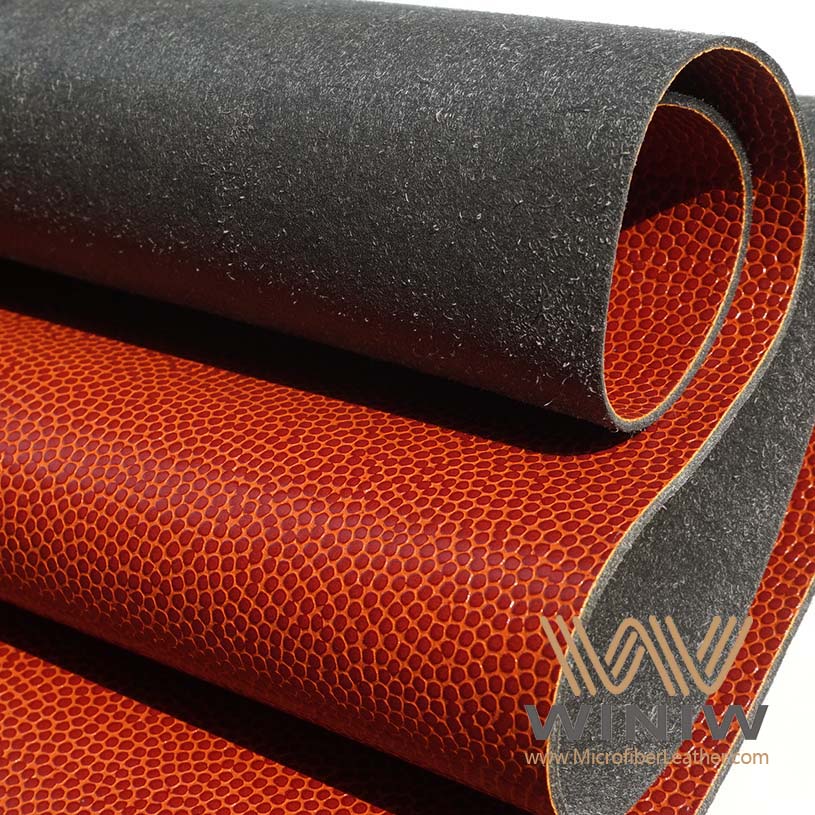
Leather pu material has unique chemical and physical properties that set it apart from animal leather. The main component, polyurethane, comes from petrochemicals. This material is non-biodegradable and can persist in landfills for many years. Over time, it may release microplastics into the environment, contributing to pollution.
A comparison of key properties between pu leather and animal leather appears in the table below:
|
Property |
PU Leather |
Animal Leather |
|---|---|---|
|
Softness |
Softer than animal leather |
Varies, generally less soft |
|
Weight |
Lighter than animal leather |
Heavier |
|
UV Resistance |
Greater resistance to UV damage |
Susceptible to sun damage |
|
Waterproof |
Water resistant, not fully waterproof |
Varies, often more water resistant |
|
Durability |
Lasts 1-7 years |
Can last a lifetime with care |
|
Odor |
Strong plastic-like odor |
Natural smell |
|
Patina Development |
No patina development |
Develops patina over time |
|
Wear and Tear |
Shows signs of wear over time |
More resilient to wear |
Leather pu material stands out for its softness and light weight. It resists UV damage better than animal leather and offers some water resistance. However, it does not develop a patina and may show wear more quickly. The odor of leather pu material often resembles plastic, unlike the natural scent of animal leather.
Tip: When choosing between pu leather and animal leather, consider the lifespan and environmental impact. Leather pu material may last up to seven years, while animal leather can last much longer with proper care.
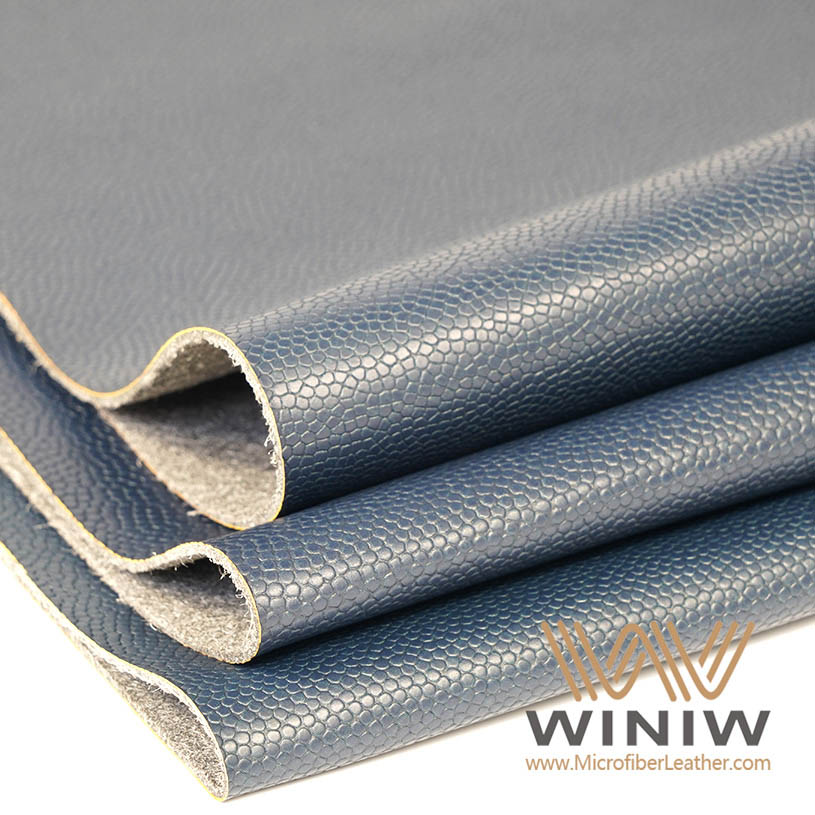
Manufacturers use pu leather in a wide range of industries due to its affordability, versatility, and realistic appearance. The most common uses of pu leather include:
Automotive: Vehicle interiors such as seat covers and dashboard panels benefit from the durability and cost-effectiveness of leather pu material.
Footwear: Many shoe companies use pu leather to offer affordable alternatives to genuine leather shoes.
Apparel: Jackets, pants, and other clothing items often feature leather pu material for its variety and price point.
Furniture: Sofas, chairs, and other furniture pieces use pu leather to provide stylish, budget-friendly options.
Bags & Wallets: Handbags, backpacks, and wallets made from leather pu material appeal to consumers looking for fashionable yet affordable accessories.
|
Industry/Product |
Description |
|---|---|
|
Automotive |
Used for vehicle parts like seat covers and dashboard panels due to durability and cost-effectiveness. |
|
Footwear |
High demand driven by growth in footwear companies, offering affordable alternatives to genuine leather. |
|
Apparel |
Similar to footwear, the apparel industry benefits from PU leather's affordability and variety. |
|
Furniture |
Preferred for sofas and chairs, providing budget-friendly options and design versatility. |
|
Bags & Wallets |
Commonly used for making various types of bags and wallets, appealing to cost-conscious consumers. |
The uses of pu leather continue to expand as manufacturers develop new techniques and finishes. Leather pu material remains a top choice for products that require a balance of style, function, and price.
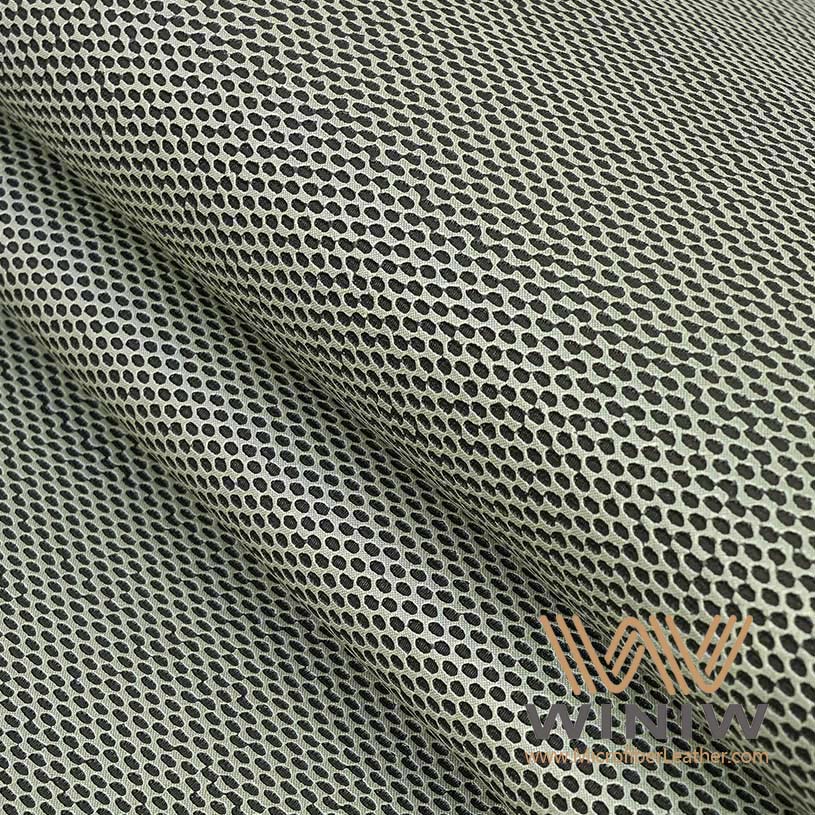
Manufacturers use an automated industrial process to create pu leather. The production process of pu leather involves several key steps that transform raw materials into finished synthetic leather. The following ordered list outlines the typical stages:
Raw material preparation: Workers gather polyurethane resins, additives, and fabric backing materials.
Coating: Machines apply a layer of polyurethane resin onto the fabric. Common methods include direct coating, transfer coating, or lamination.
Drying: The process removes solvent or water content from the resin to ensure proper adhesion.
Curing: The resin crosslinks and forms a durable, flexible surface.
Surface treatment: Technicians enhance appearance and texture through embossing, printing, or dyeing.
Finishing: Additional finishing techniques improve performance and aesthetics, such as waterproofing or flame-retardant treatments.
Quality control: Inspectors check the final product to ensure it meets design and specification requirements.
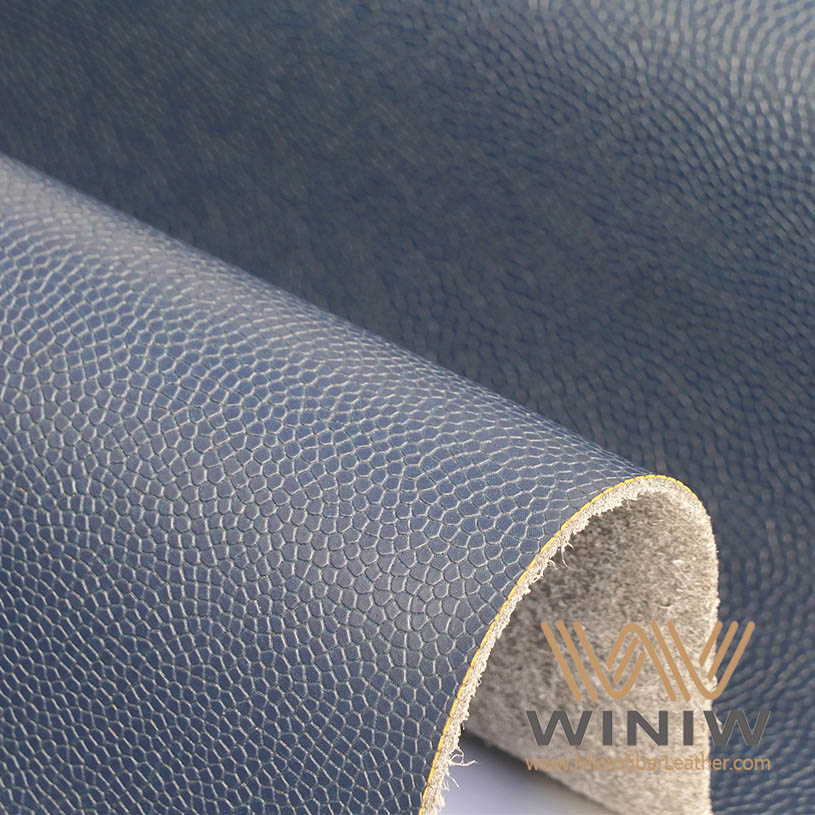
Modern factories rely on specialized machinery to streamline the production process of pu leather. The table below highlights common equipment found in manufacturing facilities:
|
Machinery Type |
Application Description |
|---|---|
|
PU Leather Fabric Machinery/Production Line |
Coats PVC/PU/AC rubber on fabric surfaces for waterproof, breathable, and flame-retardant effects. |
|
PU Leather Cloth Automatic Fabric Cutting Machine |
Cuts PU leather fabrics automatically for efficiency and precision. |
|
Sofa Leather Laminating Machine |
Laminates layers in sofa leather production to achieve desired thickness and texture. |
|
PU/PVC Synthetic Leather Production Line |
Produces various types of synthetic leather, including sofa leather, waterproof cloth, and clothing leather. |
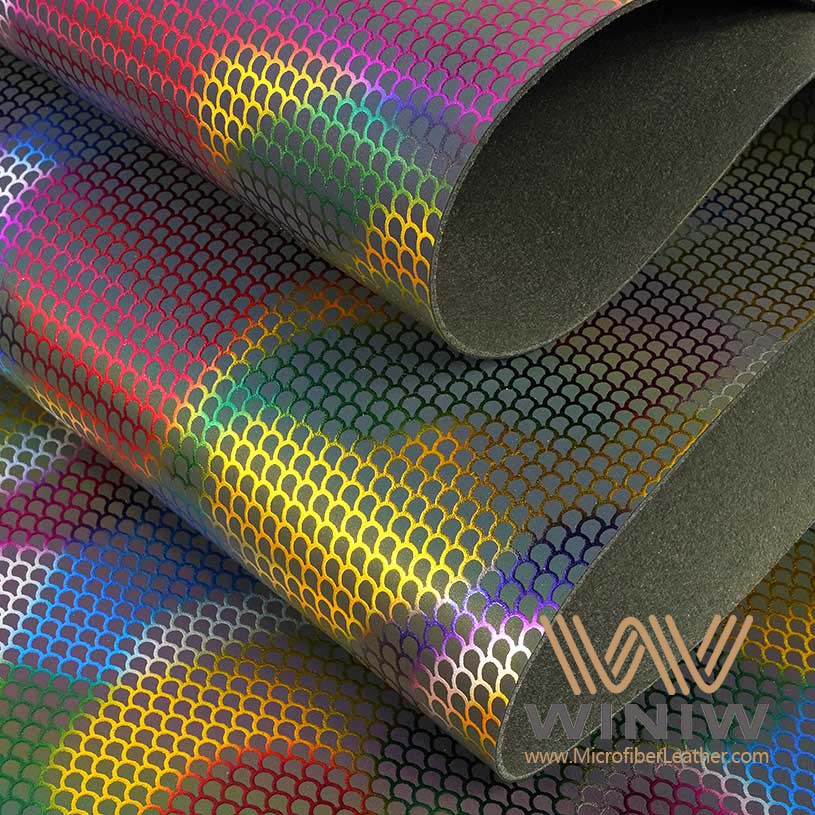
Polyurethane resin serves as the main ingredient in pu leather. Manufacturers create polyurethane by combining isocyanate and polyol with other chemicals. This resin provides the leather-like appearance, flexibility, and water resistance that define pu leather. The coating process determines the final texture and durability of the material.
The fabric base gives pu leather its structure and strength. Factories use several types of backing materials:
Polyester: Offers strength, durability, and resistance to stretching.
Nylon: Delivers excellent abrasion resistance and elasticity.
Cotton: Provides breathability and softness.
Technicians select the fabric base according to the intended use of the pu leather product. For example, polyester backing suits automotive interiors, while cotton works well for apparel.
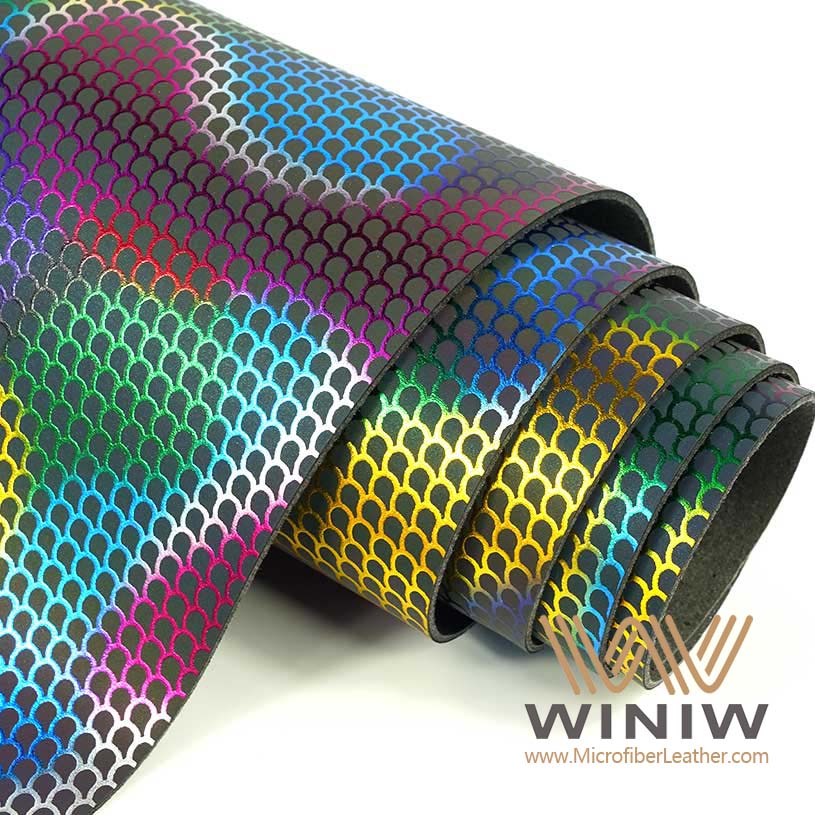
The production of pu leather involves the emission of volatile organic compounds (VOCs) and greenhouse gases, which contribute to air pollution and climate change. Manufacturers also release hazardous chemicals into water sources, contaminating aquatic ecosystems.
Factories use petroleum-derived plastics to make polyurethane resin. This process generates carbon emissions and pollution. Pu leather is non-biodegradable and releases microplastics into the environment during its lifecycle. In contrast, genuine leather production requires significant water use—about 15,000 liters for one kilogram of leather—and involves harmful chemicals like chromium in the tanning process. Livestock farming for traditional leather also contributes to greenhouse gas emissions.
The environmental impact of pu leather extends beyond manufacturing. Disposal presents challenges because synthetic leather does not break down easily. Both pu leather and genuine leather have drawbacks, but pu leather's reliance on petrochemicals and its non-biodegradable nature raise concerns for sustainability.
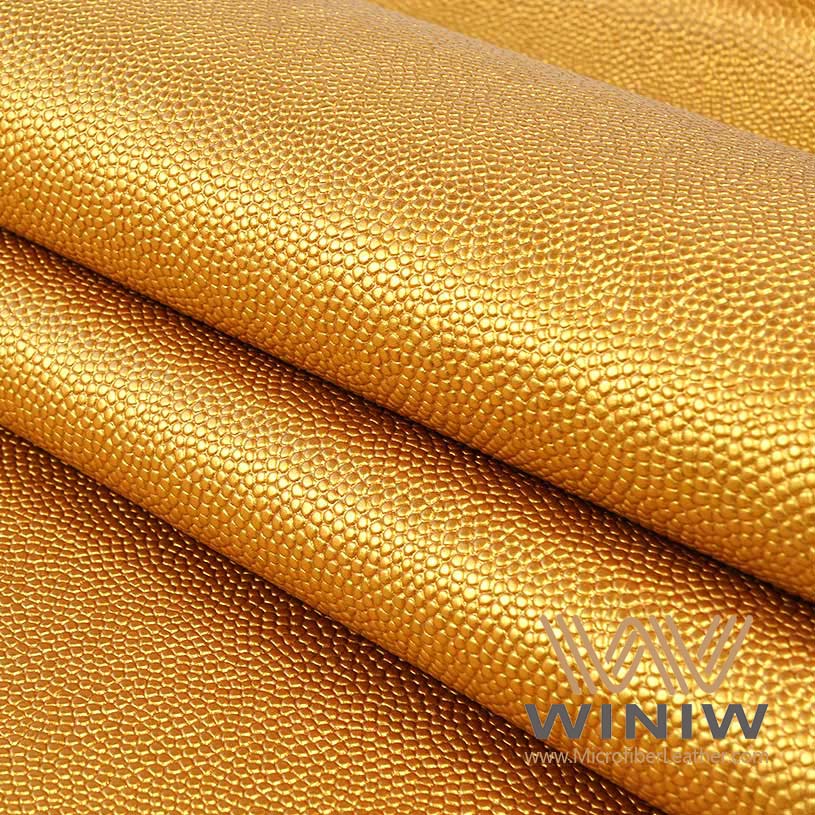
One of the main benefits of pu leather is its affordability. Consumers often choose pu leather because it offers a similar look and feel to genuine leather at a much lower price. The cost difference becomes clear when comparing common products:
PU leather is generally much cheaper than genuine leather, often costing a fraction of the price.
A real leather sofa can exceed $2000, while a comparable pu leather sofa ranges from $500 to $1000.
Genuine leather handbags may cost between $300 and $500, but pu leather handbags are usually priced at $30 to $100.
The typical cost for pu leather ranges from $3.5 to $4.5 per meter.
In contrast, genuine leather, especially full-grain cowhide, can cost between $120 and $180 per square foot.
As a synthetic leather, pu leather allows for various styles and textures, which also helps keep costs low.
These price differences make pu leather accessible to a wider range of consumers. The advantages of pu leather include not only lower upfront costs but also the ability to purchase stylish items without breaking the bank.
Another key benefit of pu leather is its versatility in appearance. Manufacturers can produce pu leather in many colors, textures, and finishes. This flexibility allows designers to create products that match current trends or unique customer preferences.
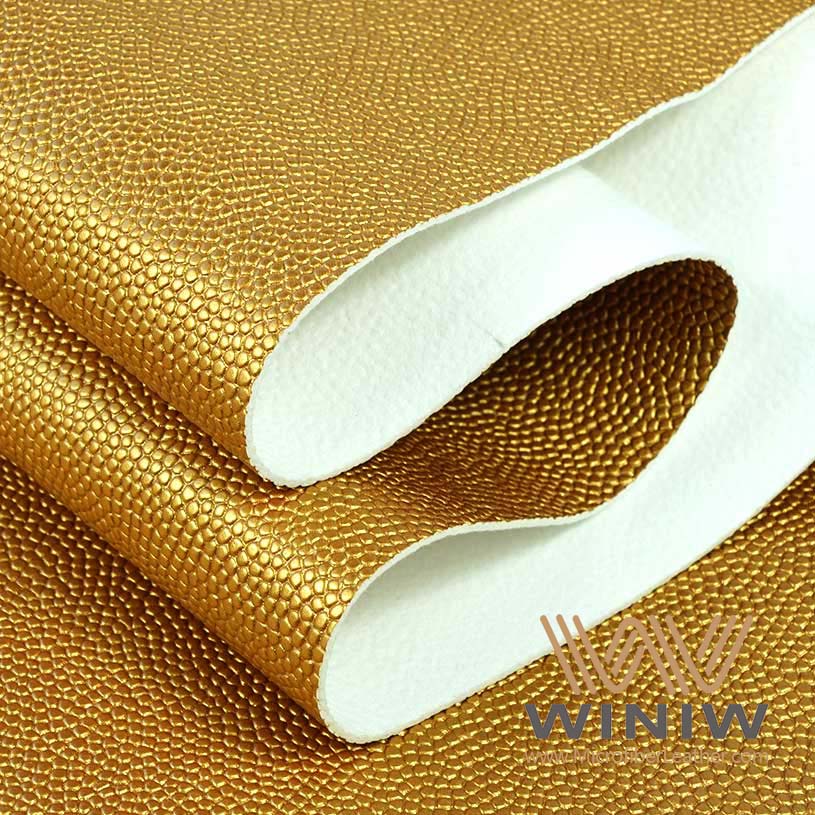
The visual similarities and differences between pu leather and genuine leather can be seen in the table below:
|
Feature |
PU Leather |
Genuine Leather |
|---|---|---|
|
Color |
Typically close to tan and brown |
Various shades, including tan and brown |
|
Texture |
Smoother and more uniform |
Natural imperfections present |
|
Pores |
Lacks pores |
Contains pores from animal skin |
|
Aging Characteristics |
Maintains uniform appearance |
Develops a patina over time |
Both materials can appear similar in color, often in shades of tan and brown. However, pu leather tends to have a smoother, more uniform texture, while genuine leather shows natural imperfections and pores. Unlike genuine leather, pu leather does not develop a patina as it ages, so it maintains its original look for years. The advantages of pu leather also include the ability to mimic exotic patterns or bold colors that are difficult to achieve with animal leather.
Many consumers seek out pu leather because it is vegan and animal-free. This synthetic material does not use animal hides, making it a popular choice for those who want to avoid animal products. Several certifications help buyers identify vegan leather products:
|
Certification Name |
Description |
|---|---|
|
Vegan Leather Certificate |
Certifies that a product does not contain animal products and is produced using eco-friendly methods. |
|
Certification Body |
Description |
|---|---|
|
Leather Working Group (LWG) |
Audits tanneries for best practices in leather production, including vegan options. |
|
Oeko-Tex Leather Standard |
Ensures that leather products meet environmental and safety standards, including vegan criteria. |
These certifications give consumers confidence that their pu leather products meet vegan standards. The benefits of pu leather extend to those who value animal welfare and want to make ethical shopping choices.
PU leather stands out for its easy maintenance compared to genuine leather. Manufacturers design this material to resist stains and dirt, making it a practical choice for everyday use. Regular cleaning helps preserve the appearance and extend the lifespan of PU leather products.
Manufacturers recommend several simple steps for routine care. Weekly dusting with a soft cloth or microfiber duster removes surface particles. This habit prevents dirt from settling into the material. For deeper cleaning, a damp cloth with lukewarm water works well. Excessive moisture should be avoided, as it can damage the polyurethane coating. A mild soap solution, mixed with water, provides gentle cleaning for most situations. Users should apply the solution with a soft cloth, then wipe away any residue with a clean, dry towel.
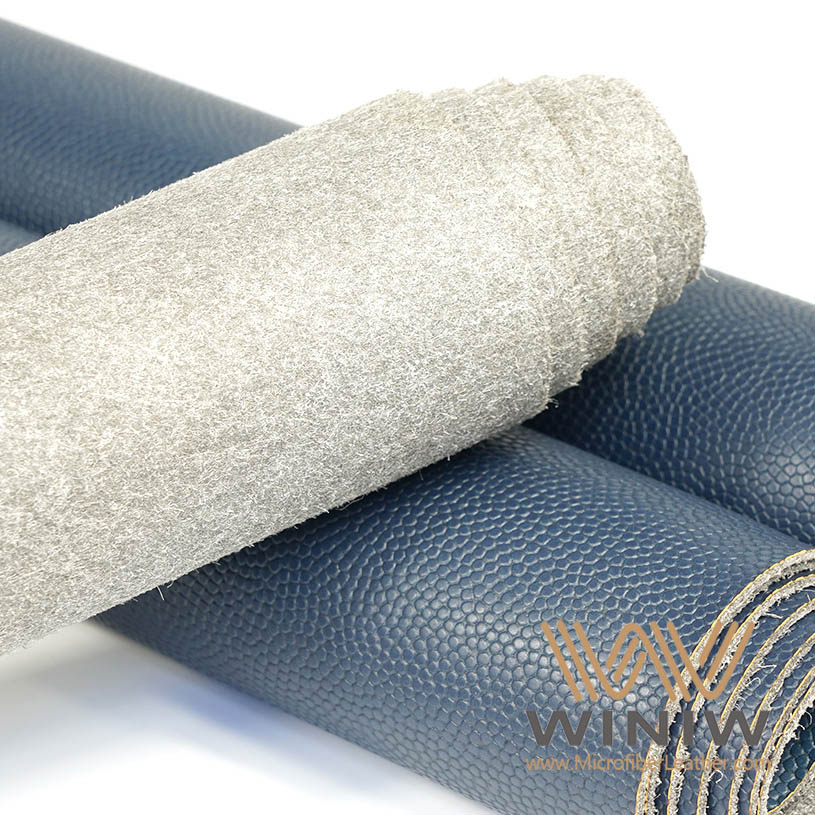
Stains sometimes occur on PU leather surfaces. The first step involves using a mild soap and water solution. If the stain persists, isopropyl alcohol may help remove stubborn marks. A soft-bristled brush can assist with ingrained dirt, especially during deep cleaning sessions. Manufacturers suggest deep cleaning every few months. This process includes vacuuming the surface, applying a mild soap solution, and gently scrubbing with a brush.
Tip: Always test cleaning solutions on a hidden area before applying them to the entire surface. This precaution helps prevent discoloration or damage.
The following table summarizes recommended cleaning methods for PU leather:
|
Cleaning Task |
Recommended Method |
Frequency |
|---|---|---|
|
Dust Removal |
Soft cloth or microfiber duster |
Weekly |
|
General Cleaning |
Damp cloth with lukewarm water |
As needed |
|
Soap Cleaning |
Mild soap solution with soft cloth |
Monthly |
|
Stain Removal |
Mild soap solution, then isopropyl alcohol |
As needed |
|
Deep Cleaning |
Vacuum, mild soap, soft-bristled brush |
Every few months |
PU leather does not require conditioning or oil treatments. These products can damage the synthetic surface. Instead, simple cleaning routines keep PU leather looking fresh. Users should avoid harsh chemicals, abrasive tools, and direct sunlight exposure for extended periods. Proper care ensures that PU leather maintains its color, texture, and flexibility.
Many people choose PU leather for its low-maintenance qualities. The material suits busy lifestyles and high-traffic environments. With regular attention, PU leather products remain attractive and functional for years.
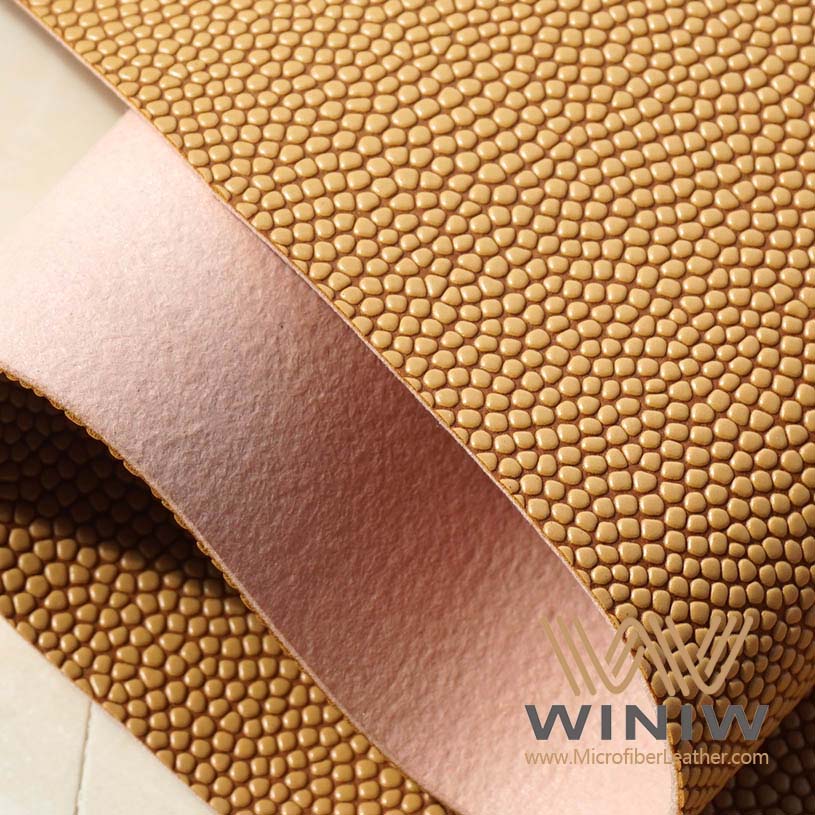
Many consumers ask, "is pu leather durable?" The answer depends on how the material is used and cared for. PU leather offers a soft feel and attractive grain, but it does not match the longevity of genuine leather. The average lifespan of standard PU leather products ranges from 3 to 5 years. In contrast, genuine leather items often last 10 to 30 years or more. The table below highlights these differences:
|
Material Type |
Average Lifespan |
Typical Applications |
Main Strengths |
Common Failures |
|---|---|---|---|---|
|
Standard PU |
3–5 years |
Mid-range bags, chairs |
Softer feel, good grain |
Peeling topcoat |
|
Genuine Leather |
10–30+ years |
High-end bags, jackets |
Patina, durability |
Needs conditioning |
The most common causes of wear and tear in PU leather items include water damage, sun exposure, scratches, rips, and the passage of time. Over several years, the topcoat may peel or crack, especially if exposed to harsh conditions. Users often notice fading or surface damage after repeated use. These disadvantages of pu leather make it less suitable for products that require long-term durability.
Note: Regular cleaning and gentle use can extend the life of PU leather, but it will not achieve the same lifespan as genuine leather.
Breathability represents another important factor among the drawbacks of pu leather. PU leather does not allow air to pass through as easily as genuine leather. This limited breathability can cause discomfort, especially in warm environments or during prolonged use. For example, PU leather seats may feel sticky or hot after extended sitting. Some synthetic alternatives offer better breathability, which can improve comfort. When considering the pros and cons of pu leather, buyers should think about how breathability affects their experience.
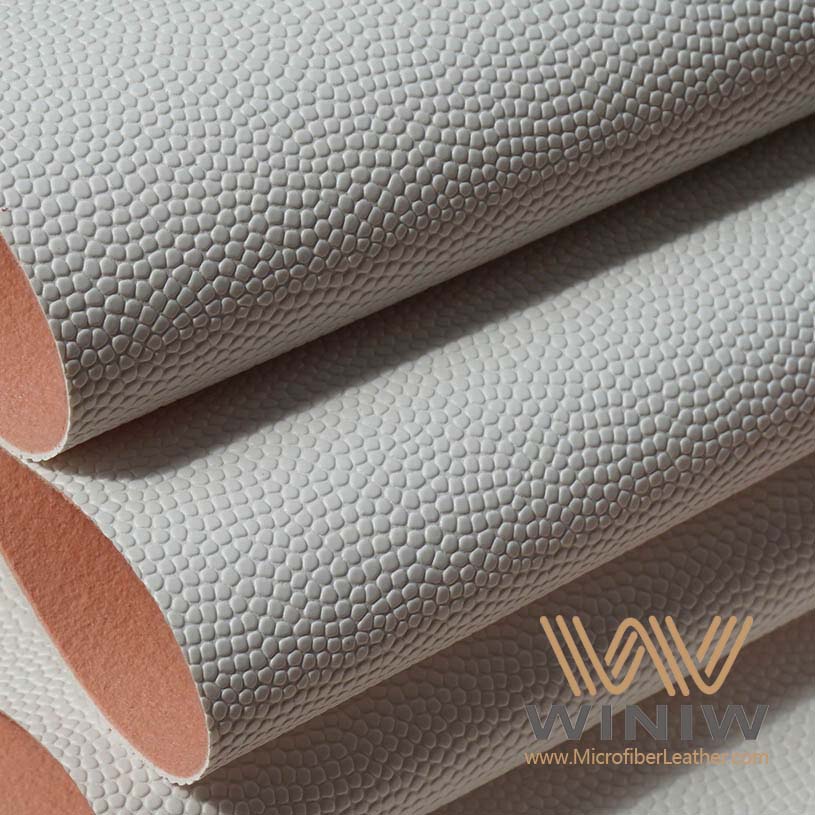
The production of PU leather relies on petroleum-based chemicals. Factories emit volatile organic compounds and greenhouse gases during manufacturing. These emissions contribute to air pollution and climate change. Workers may also handle hazardous substances, which can affect local water sources. The disadvantages of pu leather include its reliance on non-renewable resources and the environmental risks associated with chemical processing.
Disposal presents a significant challenge for PU leather products. The material does not biodegrade easily. When discarded, PU leather can persist in landfills for many years. Over time, it may release microplastics into the soil and water. Recycling options remain limited, so most PU leather ends up as waste. These disposal issues add to the drawbacks of pu leather, especially for consumers concerned about sustainability.
Tip: Buyers who prioritize environmental responsibility should research recycling programs or choose products made with recycled materials.
Is pu leather durable enough for everyday use? Many people find it suitable for short-term needs, but the environmental impact and shorter lifespan make it less ideal for those seeking long-lasting, eco-friendly options.
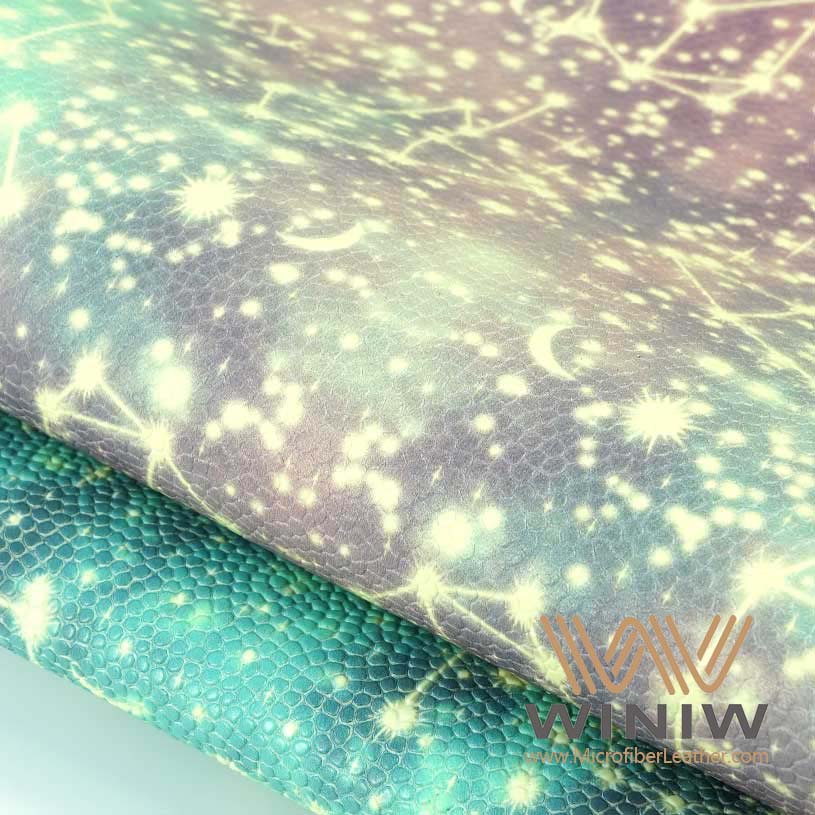
Shoppers often compare the appearance of pu leather and genuine leather before making a purchase. Genuine leather displays natural imperfections, such as scars, wrinkles, and pores. These features give each piece a unique look. In contrast, pu leather has a uniform surface. Manufacturers use embossing and printing to create a consistent grain pattern. The color of pu leather tends to be more vibrant and even. Genuine leather usually shows subtle variations in shade due to the tanning process.
A quick visual inspection helps buyers spot the differences. Genuine leather may reveal small pores and a slightly uneven texture. Pu leather often looks smoother and more polished. Some products use a glossy finish on pu leather to mimic the shine of real leather. The following table highlights key visual differences:
|
Feature |
PU Leather |
Genuine Leather |
|---|---|---|
|
Surface Texture |
Smooth, uniform |
Natural, varied |
|
Grain Pattern |
Artificial, consistent |
Unique, irregular |
|
Color |
Even, vibrant |
Subtle, variable |
|
Imperfections |
Few or none |
Scars, pores, wrinkles |
Tip: Buyers can check the edges of a product. Genuine leather often has rough, fibrous edges, while pu leather shows a clean, sealed finish.
The texture and feel of pu leather differ from genuine leather in several ways. Genuine leather feels supple and warm to the touch. It responds to pressure and movement, developing a soft patina over time. Pu leather feels smoother and sometimes cooler. The synthetic coating creates a slightly plastic sensation. When pressed, pu leather does not stretch or change shape as much as genuine leather.
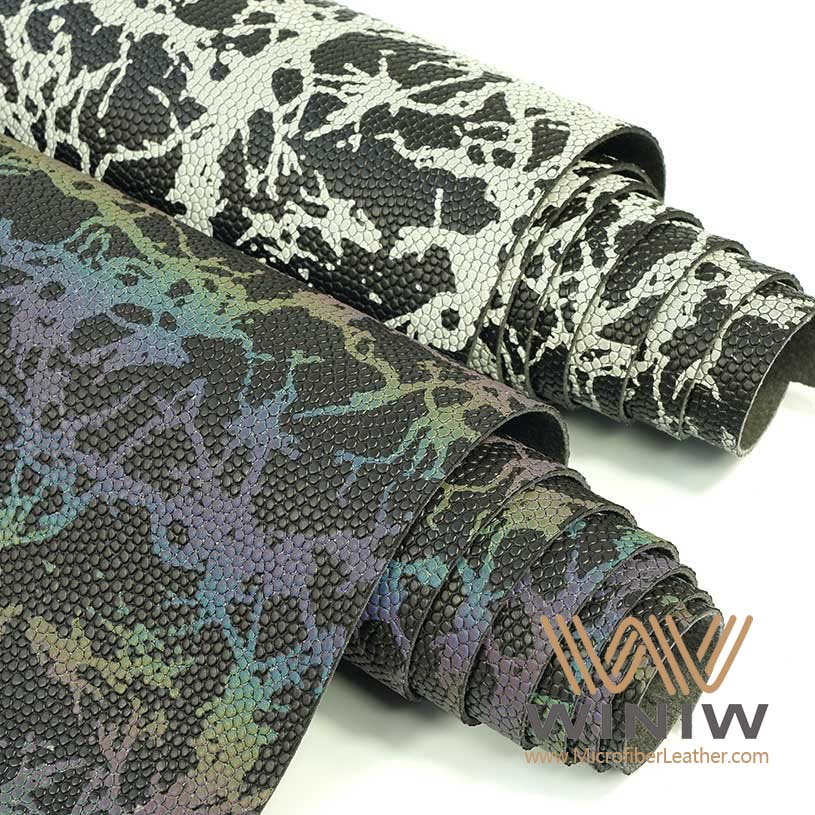
Many people notice that genuine leather becomes softer with age. It adapts to the user's grip and movement. Pu leather maintains its original texture throughout its lifespan. Some high-quality pu leather products imitate the grain and softness of real leather, but the difference remains noticeable.
Genuine leather: Soft, flexible, develops patina
PU leather: Smooth, less flexible, retains original texture
Note: The smell also sets these materials apart. Genuine leather has a rich, earthy scent. Pu leather often smells like plastic or chemicals.
Longevity is a major factor for buyers who want durable products. Genuine leather stands out for its long lifespan. With proper care, genuine leather items can last decades. The material resists tearing and stretching. It also improves with age, gaining character and softness.
Pu leather offers a shorter lifespan. Most products last between three and seven years. The synthetic coating may peel or crack over time, especially with heavy use. Exposure to sunlight and moisture speeds up wear and tear. While pu leather provides a budget-friendly option, it does not match the durability of genuine leather.
The following list summarizes the longevity of each material:
Genuine leather: Lasts 10–30 years or more with care
PU leather: Lasts 3–7 years, may show signs of wear sooner
Buyers who want a long-term investment often choose genuine leather. Those seeking style and affordability may prefer pu leather for short-term use.
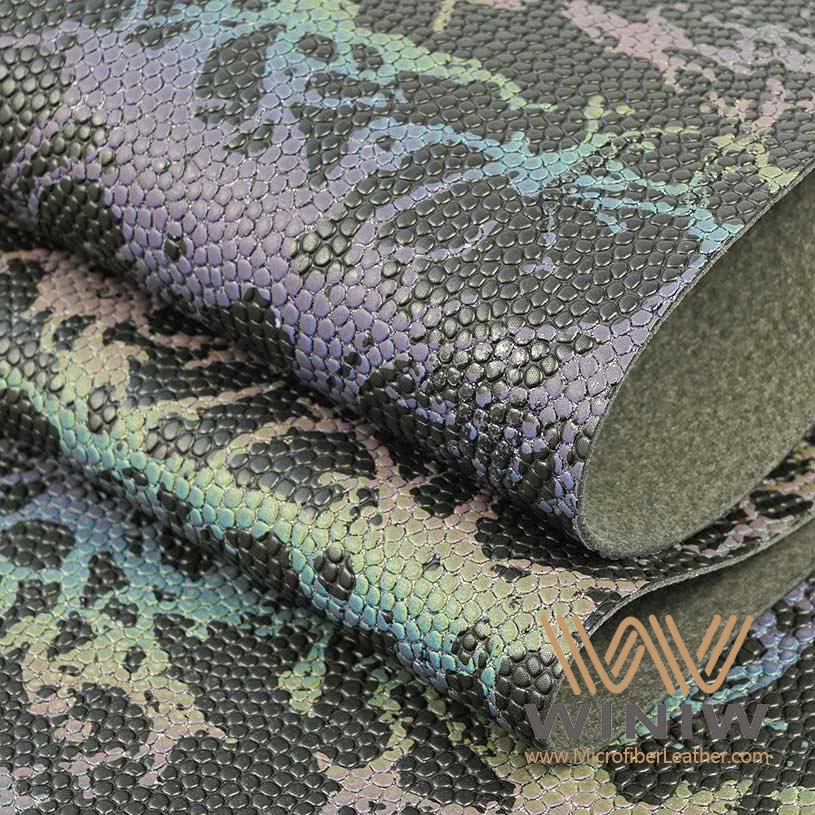
Sustainability plays a major role when comparing PU leather and genuine leather. Many consumers want to know which material has less impact on the environment. Life cycle assessments provide useful insights into how each material affects the planet.
Genuine leather comes from animal hides, which are byproducts of the meat industry. This process helps reduce waste because manufacturers reuse hides that would otherwise be discarded. Genuine leather also stands out for its long lifespan. Many leather products last over 50 years with proper care. Over time, genuine leather breaks down naturally. Its biodegradable nature means it does not persist in landfills for decades.
PU leather, on the other hand, relies on synthetic materials. Factories use petroleum-based chemicals to produce polyurethane, which forms the main component of PU leather. The production process uses significant energy and non-renewable resources. These factors contribute to a larger environmental footprint. PU leather does not biodegrade easily. When discarded, it can remain in landfills for many years. The material may also release microplastics into the environment.
Life cycle assessments highlight several key differences:
Genuine leather uses animal hides, reducing waste from the meat industry.
PU leather lasts between 2 to 10 years, while genuine leather can last over 50 years.
PU leather production requires more energy and non-renewable resources.
Genuine leather is biodegradable and has a lower environmental impact over its lifetime.
Note: The long lifespan of genuine leather means fewer replacements and less waste. PU leather products often need replacement after a few years, which increases overall consumption.
Manufacturers continue to search for ways to improve sustainability. Some companies use recycled materials in PU leather production. Others develop eco-friendly tanning methods for genuine leather. Consumers can support sustainability by choosing products made with responsible practices.
The table below summarizes the sustainability profiles of both materials:
|
Feature |
PU Leather |
Genuine Leather |
|---|---|---|
|
Source |
Petroleum-based |
Animal byproduct |
|
Lifespan |
2–10 years |
50+ years |
|
Biodegradability |
Low |
High |
|
Energy Use |
High |
Moderate |
|
Environmental Impact |
Larger footprint |
Lower footprint |
Sustainability depends on many factors, including production methods, lifespan, and disposal. Genuine leather offers advantages in terms of durability and biodegradability. PU leather provides a vegan alternative but comes with a higher environmental cost. Consumers should weigh these factors when choosing between the two materials.
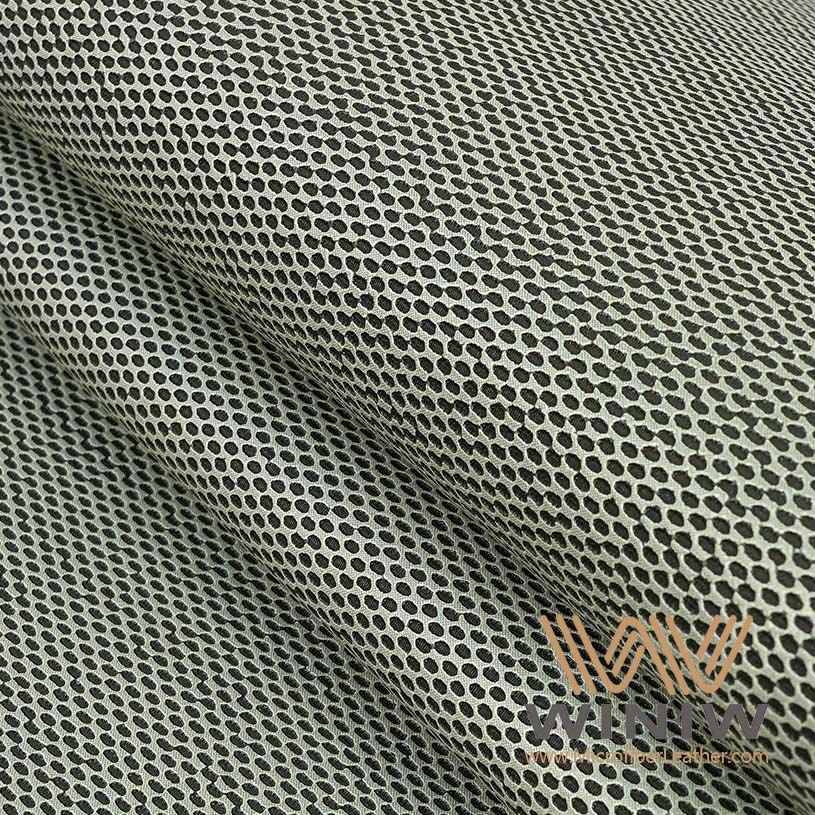
Many people wonder how to identify pu leather by examining its surface and feel. Several practical methods help distinguish this material from genuine leather. The following steps offer a reliable approach:
Feel the texture. High-quality pu leather feels soft and smooth, but the pattern remains uniform. If the surface feels overly slick or plasticky, it likely indicates a synthetic product.
Test flexibility. Gently bend the material. Good pu leather flexes without cracking or creasing. Stiffness or brittleness often signals a lower-quality coating.
Smell the surface. Pu leather usually has a mild synthetic scent. A strong chemical odor may point to poor manufacturing.
Inspect the edges. Clean, sealed edges are typical for pu leather. Rough or peeling edges suggest lower quality.
Try the water test. Rub a small amount of water onto the surface. Well-made pu leather repels water, while cheaper versions absorb it and develop blotches.
These steps provide a straightforward answer for anyone asking how to identify pu leather by touch and appearance.
Tip: Real leather often feels coarse and wrinkles when pressed, while pu leather stays smooth and does not stretch in the same way.
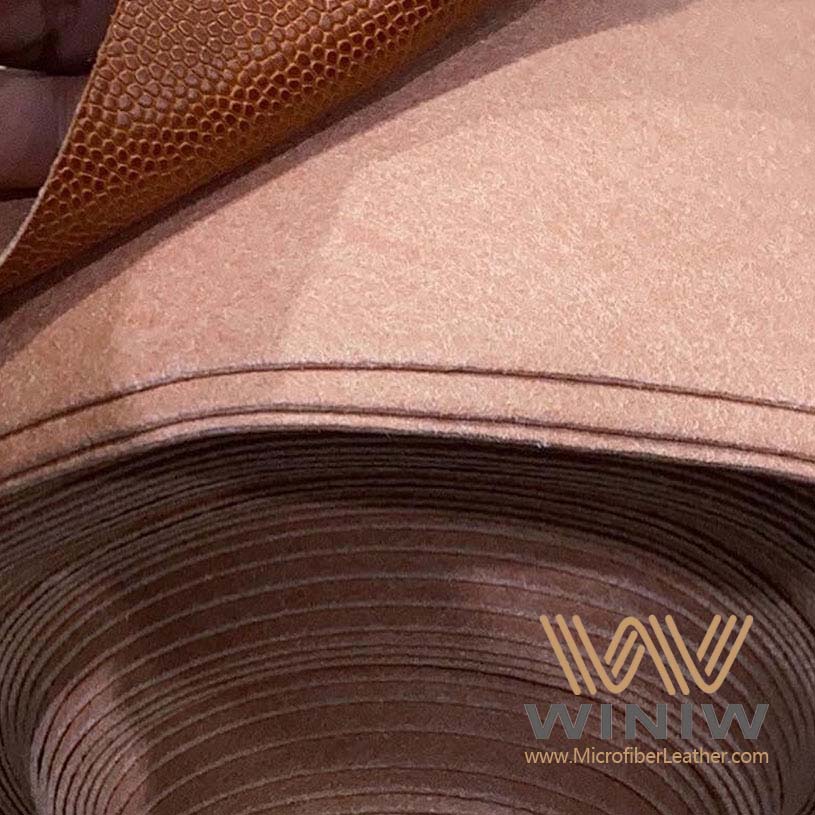
Product labels offer important clues for those learning how to identify pu leather. In the United States and European Union, regulations require clear labeling for leather and synthetic materials. Shoppers should look for the following information:
Labels on footwear and accessories must specify if the product contains non-textile parts of animal origin.
The European Directive 94/11/EC requires pictograms or written indications such as "Leather" or "Coated leather" on footwear, placed near the relevant part.
Some products reference ASTM standards, such as D6014-00 or D6013-00, which relate to water absorption and stability.
Manufacturers may use terms like "bonded leather," "vegan leather," or "synthetic leather" to describe pu leather. These labels help consumers make informed choices.
|
Label Term |
Meaning |
|---|---|
|
Leather |
Genuine animal hide |
|
Coated leather |
Split leather with a synthetic coating |
|
PU leather |
Polyurethane-coated fabric |
|
Vegan leather |
Animal-free, synthetic material |
|
Bonded leather |
Reconstituted leather fibers with PU |
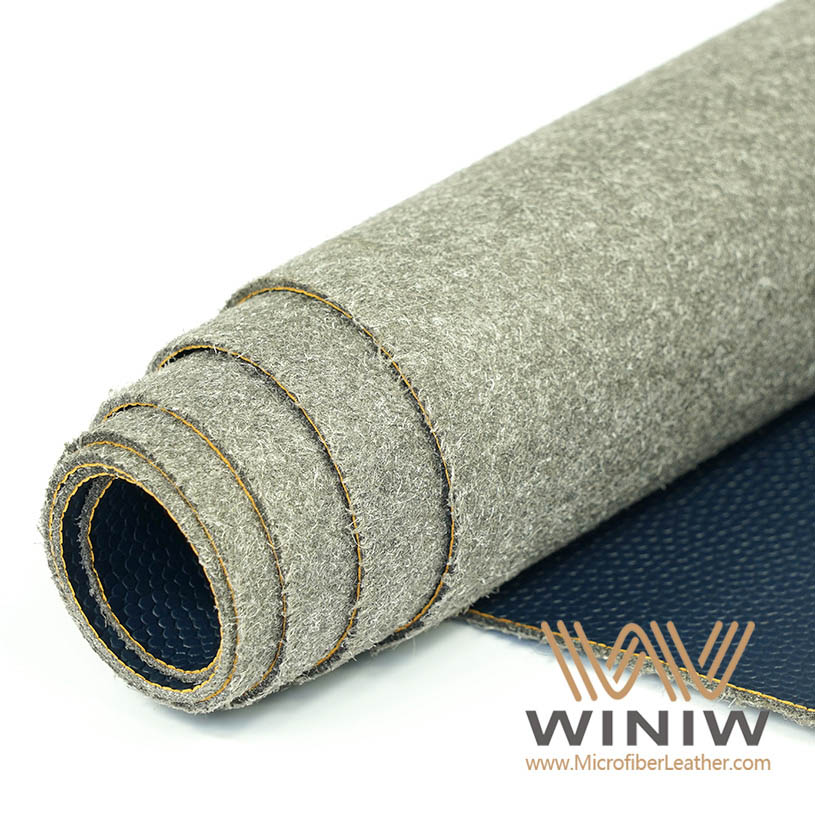
Several signs help shoppers recognize pu leather in stores or online. These indicators make it easier to distinguish pu leather from genuine leather:
The surface pattern appears consistent and lacks natural imperfections.
The edges look perfect and sealed, not rough or fibrous.
The back side often resembles fabric or paper, unlike the suede-like texture of real leather.
The material does not develop a patina over time.
The scent is mild or synthetic, never earthy or rich.
Shoppers who want to know how to identify pu leather should check the label, examine the texture, and inspect the back of the material. These steps reveal the most common differences between pu leather and genuine leather.
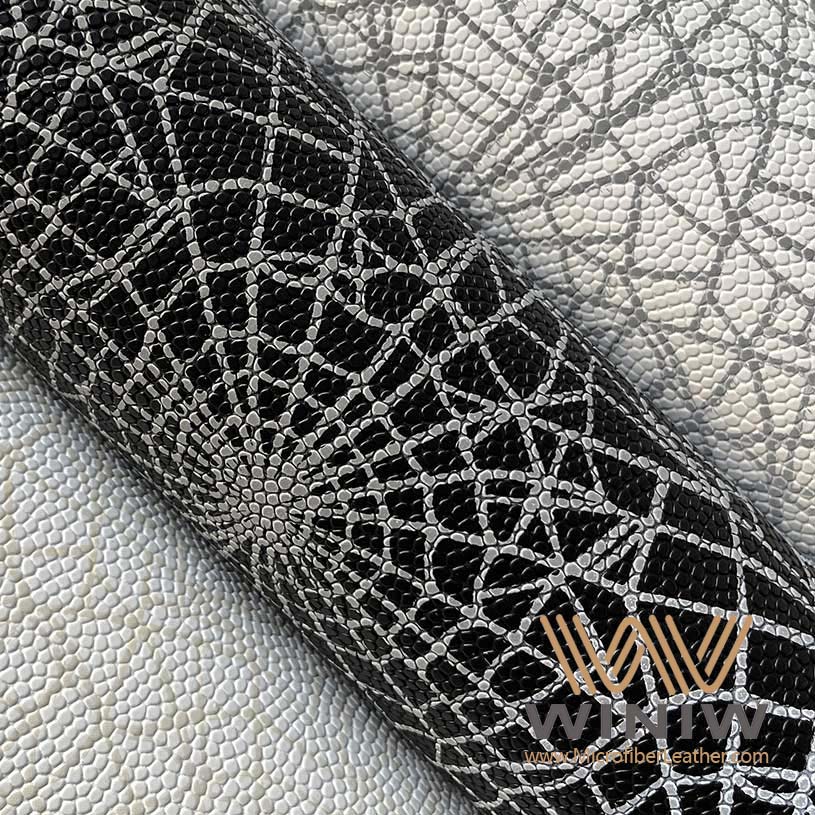
Proper cleaning helps maintain the appearance and lifespan of pu leather products. Many people ask how to clean pu leather without causing damage. The following steps outline the best approach:
Remove any detachable parts, such as straps or accessories, before cleaning.
Use a soft microfiber cloth dampened with lukewarm water. Avoid soaking the material.
For stubborn dirt, mix a drop of gentle soap with water and dab it lightly on the cloth.
Wipe the surface gently, focusing on areas with visible grime. Do not oversaturate the leather.
Pat dry with a clean towel and allow the item to air dry away from direct heat or sunlight.
Apply PU-specific care products sparingly to maintain suppleness.
These steps answer the question of how to clean pu leather safely. Regular cleaning pu leather prevents buildup of dirt and helps preserve its finish. Unlike PVC leather, pu leather is washable, making it easier to maintain.
Tip: Always test any cleaning solution on a hidden area first to avoid discoloration.
Storing pu leather correctly prevents cracking, fading, and other damage. The table below summarizes recommended storage practices:
|
Recommendation |
Description |
|---|---|
|
Store in a cool, dry place |
Keeps material safe from heat and moisture. |
|
Avoid direct sunlight |
Protects against fading and cracking from UV exposure. |
|
Use cloth bags instead of plastic |
Allows the leather to breathe and reduces moisture buildup. |
|
Stuff bags with tissue or bubble wrap |
Helps retain the shape of the item. |
|
Use a humidifier in dry conditions |
Maintains moisture levels to prevent cracking. |
|
Avoid damp or wet areas |
Prevents mold and mildew growth. |
|
Keep away from heaters or vents |
Shields from direct heat that can dry out the leather. |
Note: Proper storage extends the life of pu leather and keeps items looking new.
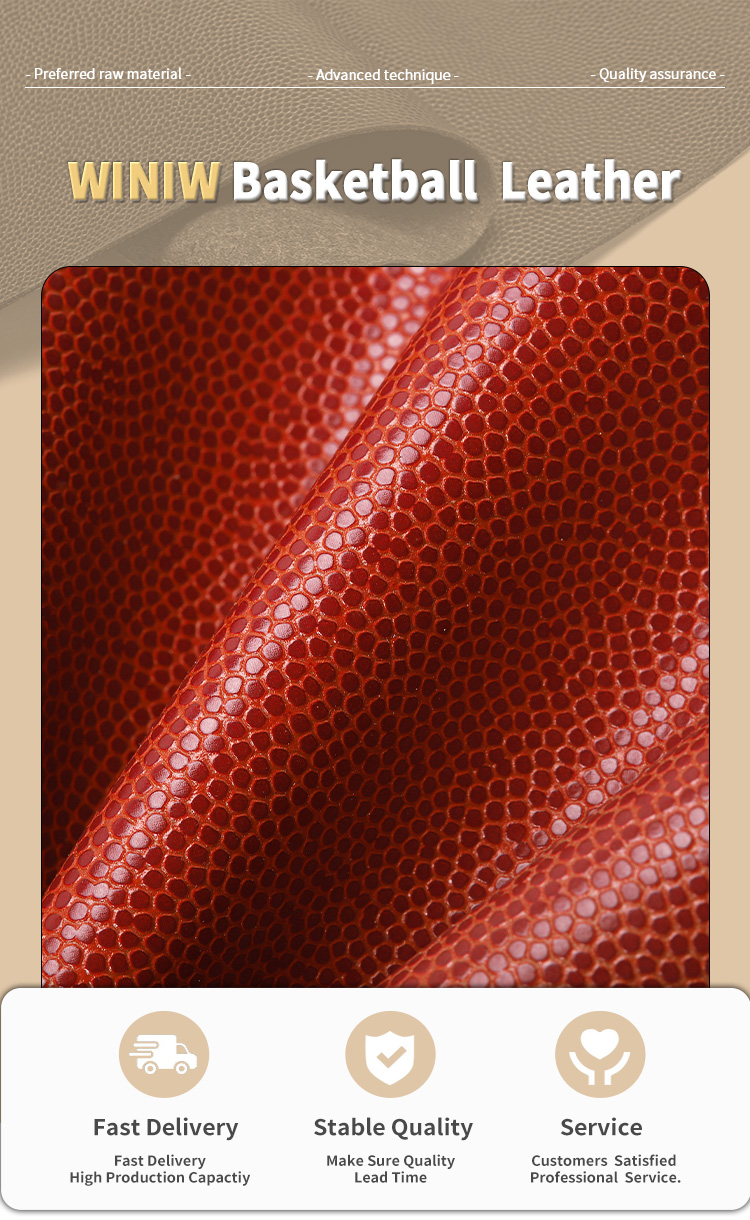
Preventive care reduces the risk of common problems such as peeling, stains, and scratches. The following tips help protect pu leather products:
Dust surfaces regularly with a dry or slightly damp lint-free cloth.
Clean and protect with PU-specific products every three to six months.
Use protective sprays designed for pu leather to guard against stains and UV damage.
Handle items gently to avoid rough treatment, friction, or contact with sharp objects.
Rotate the use of multiple pu leather items to prevent overuse and extend their lifespan.
Callout: Regular maintenance and gentle handling keep pu leather looking its best.
Learning how to clean pu leather and store it properly ensures that products remain attractive and functional. These simple steps help users avoid common issues and maximize the value of their pu leather goods.
PU leather provides a synthetic alternative to animal leather, offering affordability, easy maintenance, and versatile design. Buyers should review important factors before purchasing. The table below highlights what matters most:
|
Key Factor |
Description |
|---|---|
|
Cost-Effective |
PU leather costs less than genuine leather, making it budget-friendly. |
|
Easy Maintenance |
Cleaning requires only a damp cloth, with no special treatments needed. |
|
Durable & Resilient |
High-quality PU leather resists wear for several years with proper care. |
|
Versatile Design |
Available in many styles and colors, mimicking expensive materials. |
|
Eco-Friendly & Vegan |
Made without animal products, offering a cruelty-free choice. |
|
Breathability Issues |
Lacks breathability, which may affect comfort in warm conditions. |
|
Lifespan Limitations |
Usually lasts 2–5 years, shorter than genuine leather. |
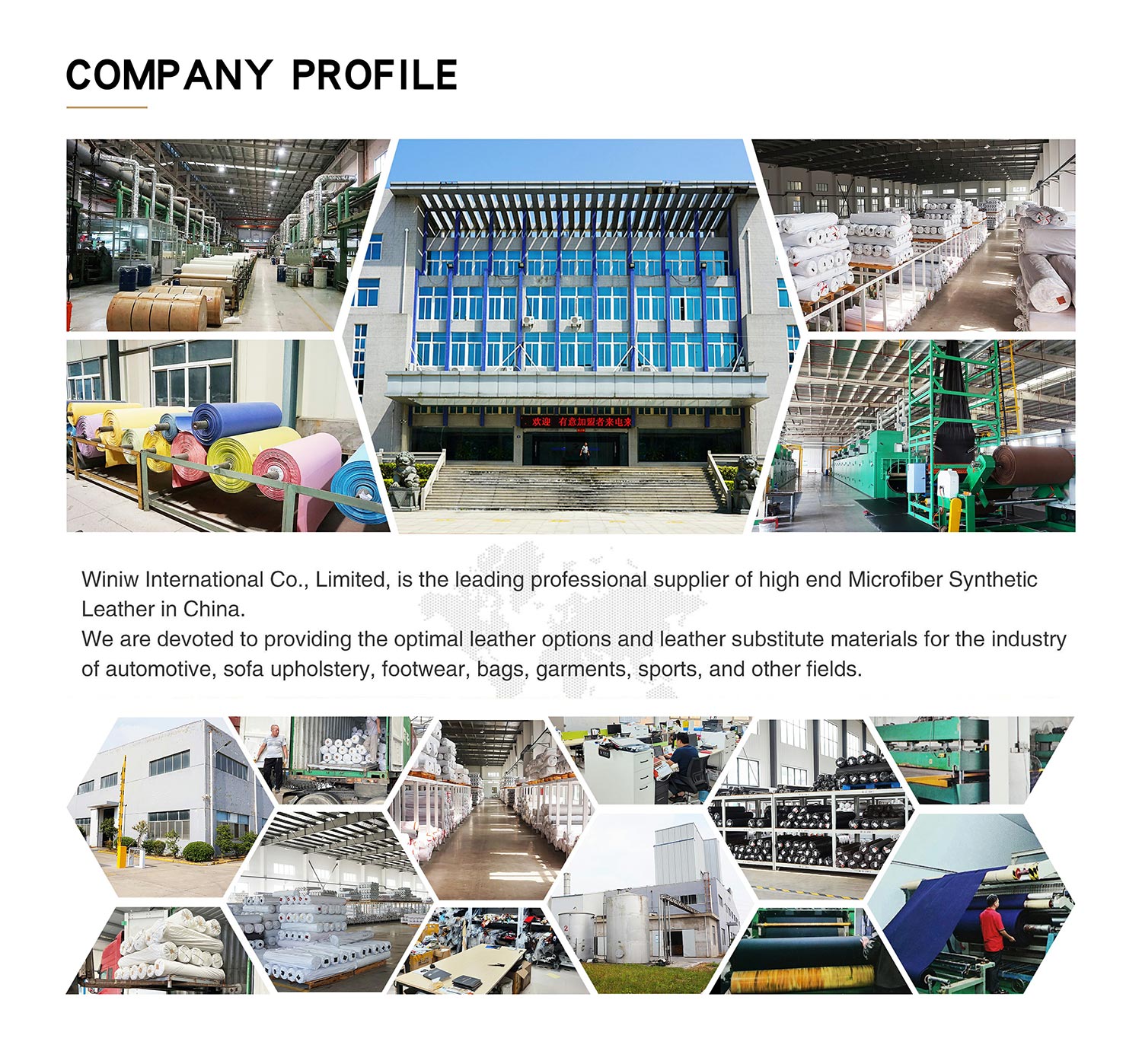
Shoppers should weigh these factors, consider environmental impact, and check for vegan certifications. Proper care extends product life. Understanding these points helps buyers make informed decisions about PU leather.
PU leather stands for polyurethane leather. Manufacturers create it by coating fabric with a layer of polyurethane, which gives the material a leather-like appearance and texture.
PU leather resists water but does not offer complete waterproof protection. Water can seep through seams or damage the coating over time. Users should avoid soaking PU leather products.
PU leather may crack or peel after several years, especially with heavy use or exposure to sunlight. Regular cleaning and gentle handling help reduce the risk of damage.
PU leather contains no animal proteins, so it rarely triggers allergies related to animal hides. Some people may react to chemicals used in production, but most users experience no issues.
PU leather feels softer and more flexible than PVC leather. PU leather also offers better breathability and a more realistic look. PVC leather tends to be stiffer and less comfortable.
Recycling PU leather remains difficult because of its mixed materials. Most recycling centers do not accept PU leather products. Some manufacturers use recycled content in new PU leather items.
PU leather usually has a mild synthetic or plastic scent. Genuine leather smells earthy and natural. The difference in odor helps shoppers identify each material.
Use a soft cloth with lukewarm water for regular cleaning. For stains, apply a mild soap solution. Avoid harsh chemicals and do not soak the material. Always dry PU leather thoroughly.

Scan to wechat:
